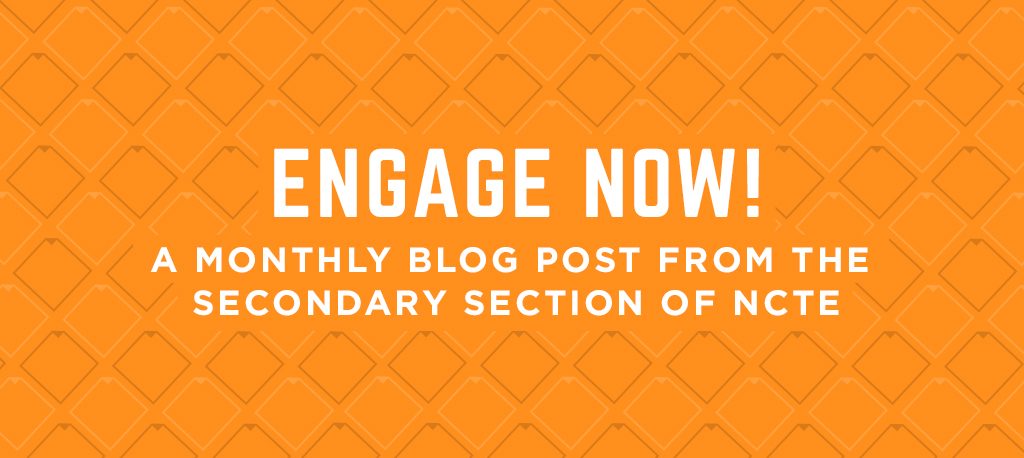This post was written by NCTE member and Secondary Section Steering Committee member Ann Marie Quinlan.
The Concept and Objective
Around the summer holidays of Flag Day and Independence Day, the iconic American flag begins appearing on advertising signs, in neighbors’ yards, and on fireworks stands, and we are reminded that red, white and blue are colors that never go out of style.
While many of our students know an icon as an image that appears on their phone or laptop, a broader definition of the term is the focus for the following writing activity that could be used as an introductory activity in many American Literature classes. I call it the American Icon paper.
The purpose is to introduce students to persuasive writing by having them select an American icon and persuade their audience that their chosen icon truly deserves that designation.
Because I encourage students not to choose duplicate topics, this leads to spirited brainstorming as to what could be considered an American icon. By thinking in terms of people, places, things, and events, students select such wide-ranging topics as George Washington, the peace symbol, Barbie dolls, baseball, Langston Hughes, Labor Day, the bald eagle, the Grand Canyon, Elvis Presley, everything Disney, Star Wars, the Empire State Building, the Golden Gate Bridge, jazz music, a Mustang convertible, and the Super Bowl. And the list goes on.
By talking through the example of the American flag, students have an opportunity to discuss its history; the logical appeal of the design of stars, stripes, and colors as significant to the meaning of the flag; its ethical appeal as a new symbol of a country separate from any other; and the emotional appeal of the flag as it symbolizes a connection to patriotism in any variety of ways.
Students’ conversations may also help them realize that one icon may have both positive and negative connotations. The experience of analyzing the icon, thinking deeply, and using persuasive analysis is the goal of the assignment.
The Process and Product
Once students have settled on their icon of choice the research and writing begins.
These are the directions students receive:
The American Icon Paper
- Introduce your icon to your audience—what is it? What is your connection to it? Why does it stand out in some important way to you, personally?
- Research the history of your icon—when was it “born” and what were the circumstances surrounding its beginning?
- How does your icon represent the three rhetorical appeals? That is, how does it connect to Americans ethically, logically, and emotionally? (at least one paragraph for each appeal)
- What do you predict for the future of your icon—will it last forever? Persuade your reader that your chosen person, place, thing, or event truly deserves designation as an American Icon.
The Evaluation
Students could present their American Icon project findings in oral presentation form, in a traditional written document, by creating a blog or video, or by contributing to a group project relating the significance of similar icons.
A suggested evaluation rubric could include the following:
Evaluation Rubric
History (10 pts.)
Ethical appeal (10 pts.)
Logical appeal (10 pts.)
Emotional appeal (10 pts.)
Future of the icon (10 pts.)
Sources documents (6 pts.) (minimum of 3 sources)
Standard conventions (4 pts.)
Total points: ______/60
Because this assignment asks students to stretch their analytical skills, they have many “ah ha” moments as they consider familiar icons in their American experience in new ways.

Ann Marie Quinlan is from Lincoln, Nebraska. She taught English in grades 7 through 12 and served as an English department chair and student publications adviser in the Lincoln Public Schools and is currently a supervisor of student teachers for the University of Nebraska-Lincoln. As a representative of CEL (NCTE’s Conference on English Leadership) she is focused on developing leadership and professional development opportunities for teachers at all stages of their careers. She may be contacted at amquinlan33@gmail.com.

